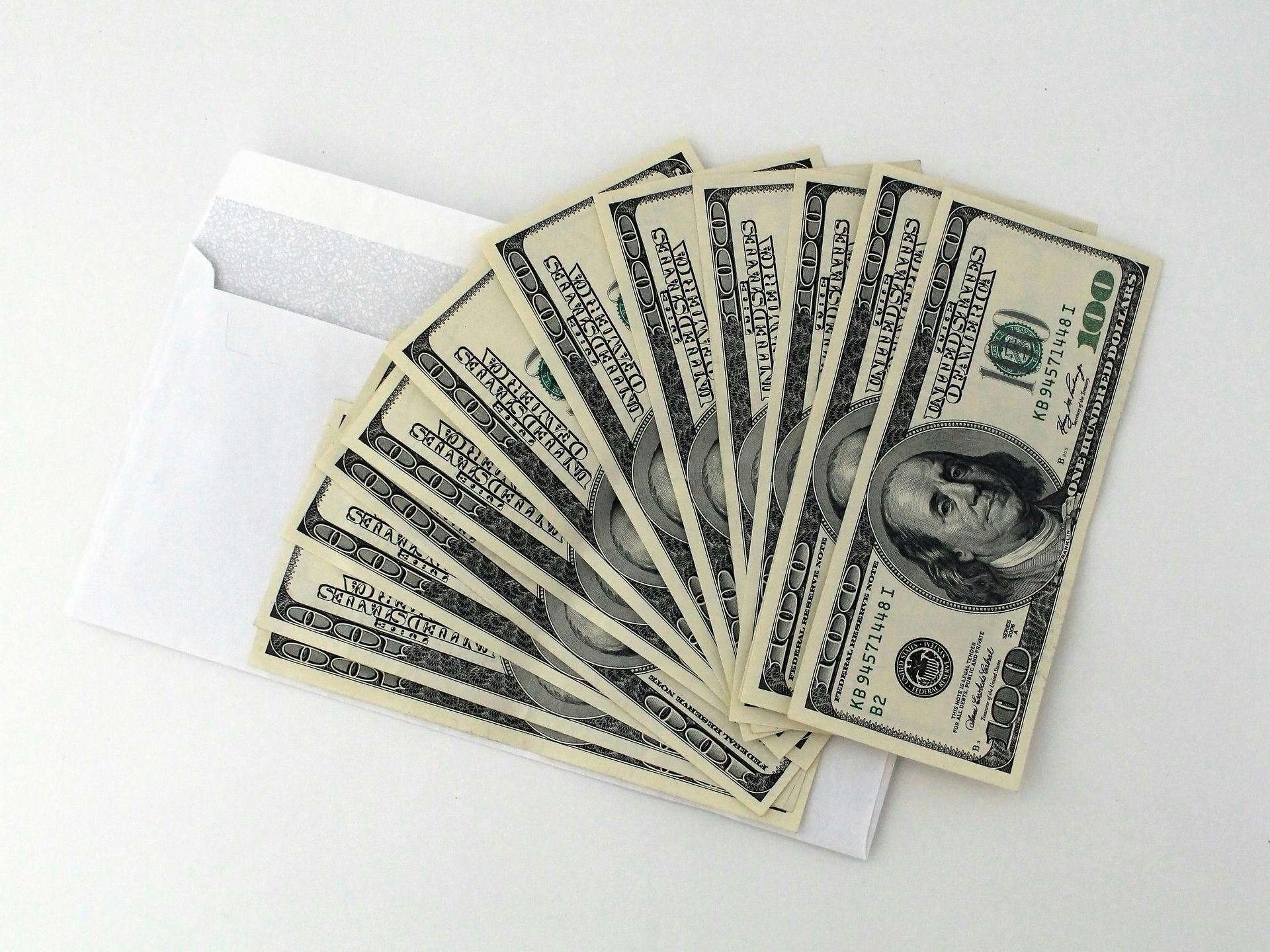The Tale of Two Economies
Why a Good GDP Report Doesn't Tell the Whole Story
Last week, the U.S. Bureau of Economic Analysis delivered a piece of good news that grabbed headlines: our economy grew at a solid 3% annual rate in the second quarter. It’s the kind of number that makes you think, “Okay, things are looking up.” But if you’re a middle-class American standing in the grocery aisle or a small business owner watching your costs climb, you might be thinking, “Growth for who?”
The truth is, while a big number like GDP is a powerful snapshot of the national economy, it doesn't always capture the full, complex picture of what's happening on the ground. To truly understand our current financial climate, we have to look beyond the headlines and examine the real, human impact of our country's economic policies, particularly the current wave of tariffs.
Tariffs: A Tax on Everyone, Not Just Foreigners
At their core, tariffs are simply taxes on imported goods. The stated goal is to protect American industries and jobs by making foreign products more expensive. But the reality is far messier. That tax doesn't just disappear; it gets passed down the chain, eventually landing in your pocket.
We're already seeing this play out in two very different ways, affecting both the Main Street shop and the big box store.
The Squeeze on Small Businesses
Small businesses, the backbone of our economy, are feeling the pain most acutely. Unlike massive corporations with huge cash reserves and negotiating power, a small firm has very little room to maneuver. When the cost of their imported materials or finished goods goes up, they have few options:
- Absorb the cost: This eats directly into their profit margins, making it hard to pay employees, invest in new equipment, or simply stay afloat.
- Raise prices: This is the most common response, and it’s why you’re seeing price hikes at your favorite local boutique or auto shop. They have to charge more just to keep the lights on.
It’s a brutal choice, and for many, it threatens their very existence. This isn't just theory; we’re seeing reports that some small businesses are having to consider closing their doors because of the new financial strain.
The Price Tag at the Big Box Store
You might think large companies are immune, but they're not. They are, however, better equipped to manage the problem. Major retailers like Walmart, Home Depot, and Target have all publicly signaled that tariffs are leading to price increases on their shelves. They have diversified supply chains and more negotiating power, but even they can't simply absorb the costs of these widespread import taxes.
The end of the "de minimis" exemption—which allowed small, low-value packages to enter the U.S. without tariffs—is also having a major effect. It’s why popular e-commerce platforms like Shein and Temu are also making "price adjustments," directly hitting the wallets of millions of online shoppers.
Why the GDP Number Can Be Misleading
This brings us back to that positive 3% GDP growth report. While it's a good sign of economic activity, a key reason for the positive number is a decrease in imports—which is a subtraction in the GDP calculation. So, tariffs themselves, by pushing down imports, can actually contribute to a higher GDP number, even as they're causing real, tangible harm to businesses and consumers.
The bottom line is that while the economic engine is still running strong on a national level, the added friction from tariffs is creating a bumpy ride. We are seeing a very real divide: a positive macroeconomic indicator on one hand, and undeniable, negative impacts on a microeconomic, human level on the other.
So the next time you hear a big economic headline, remember to ask what it means for the small businesses in your community and for your own household budget. Because the real story is often found in the fine print—or in this case, on the price tags.









